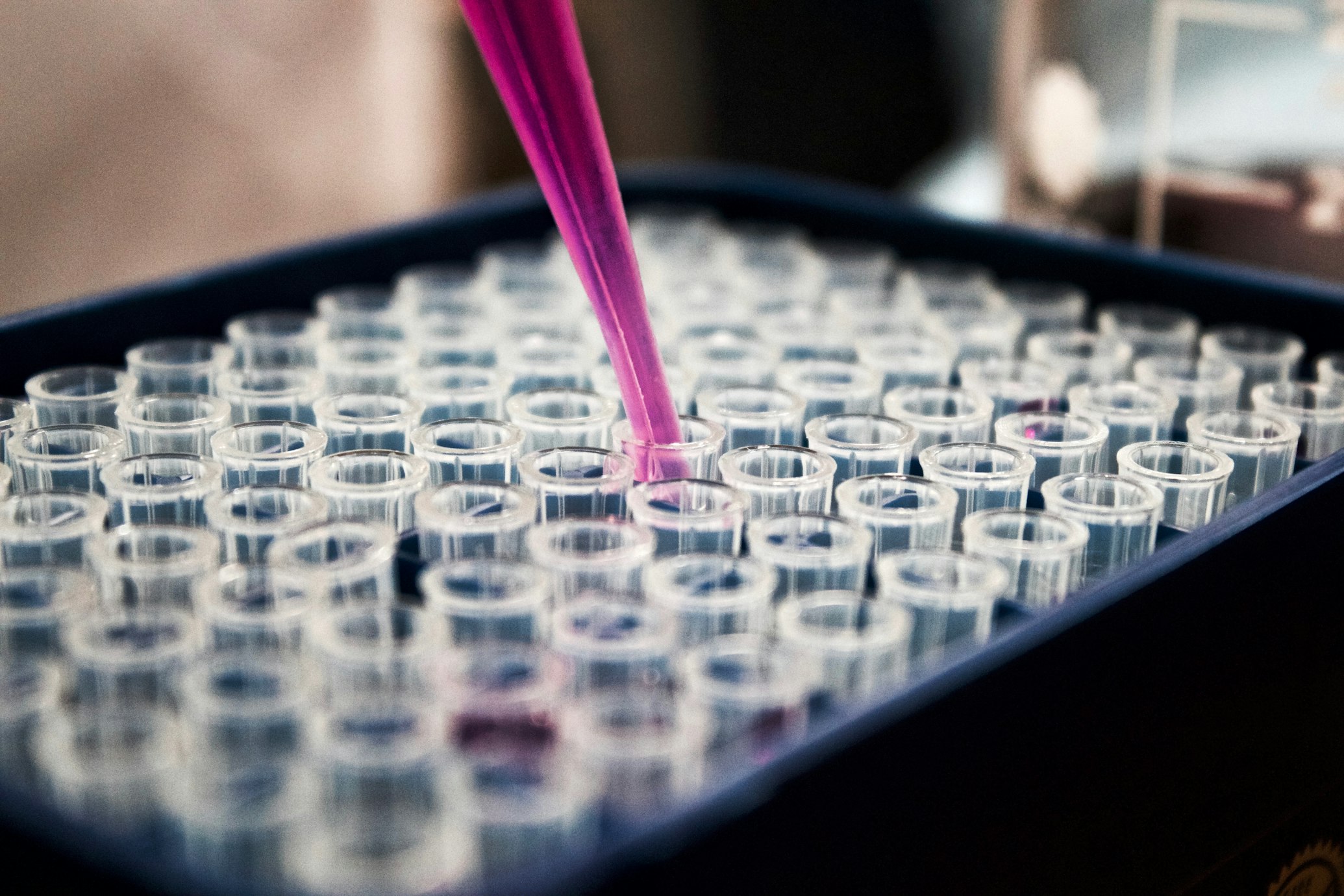The Molecular Architects
How Aluminum-Based MOFs Are Building a Smarter Future
The Framework Revolution
Imagine a material so porous that a teaspoon of it could cover a football field. Now imagine this material can be custom-engineered to capture carbon dioxide, deliver life-saving drugs, or store hydrogen for clean energy.
This isn't science fiction—it's the world of metal-organic frameworks (MOFs), where aluminum atoms and organic linkers self-assemble into crystalline sponges with extraordinary capabilities. Among these, aluminum aromatic azocarboxylate MOFs stand out for their unique blend of stability, versatility, and sustainability, offering solutions to challenges from climate change to healthcare 1 5 .

Blueprints of the Invisible: Understanding MOF Architecture
The Azocarboxylate Advantage
At the heart of these materials lies a clever molecular design:
- Aluminum Nodes: Trivalent aluminum ions (Al³⁺) form clusters that act as rigid "joints" in the framework. These clusters include powerful structural motifs like the trinuclear μ₃-oxo-bridged (Al₃(μ₃-O)) unit, which provides exceptional thermal stability 3 .
- Aromatic Azocarboxylate Linkers: These organic struts feature two key components:
- Azo groups (-N=N-): Impart photoresponsiveness and enable gas-selective binding.
- Carboxylate groups (-COO⁻): Bind strongly to aluminum, creating robust networks.
Decoding Stability: A Landmark Calorimetry Experiment
The Isomer Conundrum
Not all aluminum MOFs are created equal. Researchers faced a puzzle: why do different Al-trimesate (Al-BTC) isomers—MIL-96, MIL-100, and MIL-110—coexist during synthesis despite differing stabilities? A 2022 study cracked this code using thermodynamic analysis 3 .
Step-by-Step: Measuring the Energy Landscape
- Synthesis:
- Stability Probes:
- In situ High-Temperature XRD: Tracked crystal structure changes up to 500°C.
- TGA-DSC: Measured heat flow during thermal decomposition.
- Drop Combustion Calorimetry: Quantified formation enthalpies by combusting MOFs into Al₂O₃, CO₂, and H₂O.
Table 1: Thermodynamic Stability of Al-BTC MOF Isomers
| MOF Type | Amorphization Temp (°C) | ΔH*f (kJ/mol·Al) | Stability Class |
|---|---|---|---|
| MIL-96 | 320 | -56.9 ± 13.7 | Thermodynamically stable |
| MIL-100 | 350 | -36.2 ± 17.9 | Metastable |
| MIL-110 | 280 | +62.8 ± 11.6 | Metastable |
The Revelation
MIL-96's exceptional stability stems from its trinuclear Al₃(μ₃-O) units, where ligands optimally stabilize aluminum polyhedra. In contrast, MIL-110's strained Al₈ octamer clusters make it energetically unfavorable. Surprisingly, MIL-100's metastability allows it to form alongside MIL-96—a kinetic quirk exploited in synthesis 3 .
MOFs in Action: From Labs to Lives
Medical Frontiers: Inhalable Vaccines
Aluminum MOFs are revolutionizing vaccine delivery. In a 2023 study, MOF nanoparticles (DUT-5) outperformed traditional alum adjuvants:
- 2× higher mucosal IgA antibodies in murine lungs.
- Enhanced cellular immunity (IgG2a titers).
- Efficient clearance: >90% of aluminum eliminated from lungs in 28 days 5 .
| Adjuvant | OVA-Specific IgA (Lung) | IgG2a (Serum) | Al Retention (Day 28) |
|---|---|---|---|
| Alum | Baseline | Undetectable | 12% |
| MIL-53(Al) | 1.8× higher | Undetectable | 8% |
| DUT-5 | 3.3× higher | Detected | 5% |
Green Chemistry Catalysts
Aluminum MOFs are also catalytic powerhouses:
- CO₂ Conversion: MOF-coated Al nanocrystals boost efficiency in reverse water-gas shift reactions by 40% 6 .
- Water Harvesting: MIL-160(Al) captures 0.4 g H₂O/g MOF/day from arid air (10% humidity) .
The Scientist's Toolkit: Building MOFs Atom by Atom
| Reagent | Role | Example Use Case |
|---|---|---|
| Al(NO₃)₃·9H₂O | Aluminum ion source | Node formation in MIL-53 |
| 4,4′-Biphenyldicarboxylic Acid | Azocarboxylate linker precursor | DUT-5 synthesis 5 |
| N,N-Dimethylformamide (DMF) | Solvent for linker dissolution | Reaction medium (120–220°C) 1 |
| Methanol | Washing agent | Removing unreacted linkers 5 |
| Teflon-Lined Autoclave | High-pressure reactor | Hydrothermal synthesis 1 |
The Future Framework: Sustainability and Scale
The MOF market is projected to reach $29.2 billion by 2034, driven by aluminum variants . Key frontiers include:
- Sustainable Synthesis: Mechanochemical methods (solvent-free grinding) cutting energy use by 70%.
- Carbon Capture: Al-MOFs adsorbing CO₂ at 5 mmol/g (outperforming zeolites by 200%) .
- Drug Delivery: pH-responsive MIL-101(Al)-NH₂ releasing chemotherapy agents only in tumors.
As researcher Dr. Sujing Wang notes: "Aluminum MOFs merge the best of mineral stability and organic tunability—they're programmable molecular ecosystems."
Building Tomorrow, One Pore at a Time
From capturing water in deserts to delivering vaccines in our lungs, aluminum aromatic azocarboxylate MOFs exemplify how molecular engineering can solve macroscopic challenges. As we refine their design and scale their production, these crystalline sponges may well become the invisible engines of a sustainable future—proving that sometimes, the smallest frameworks hold the biggest promises.
Market Projection
Projected growth of MOF market (2024-2034)